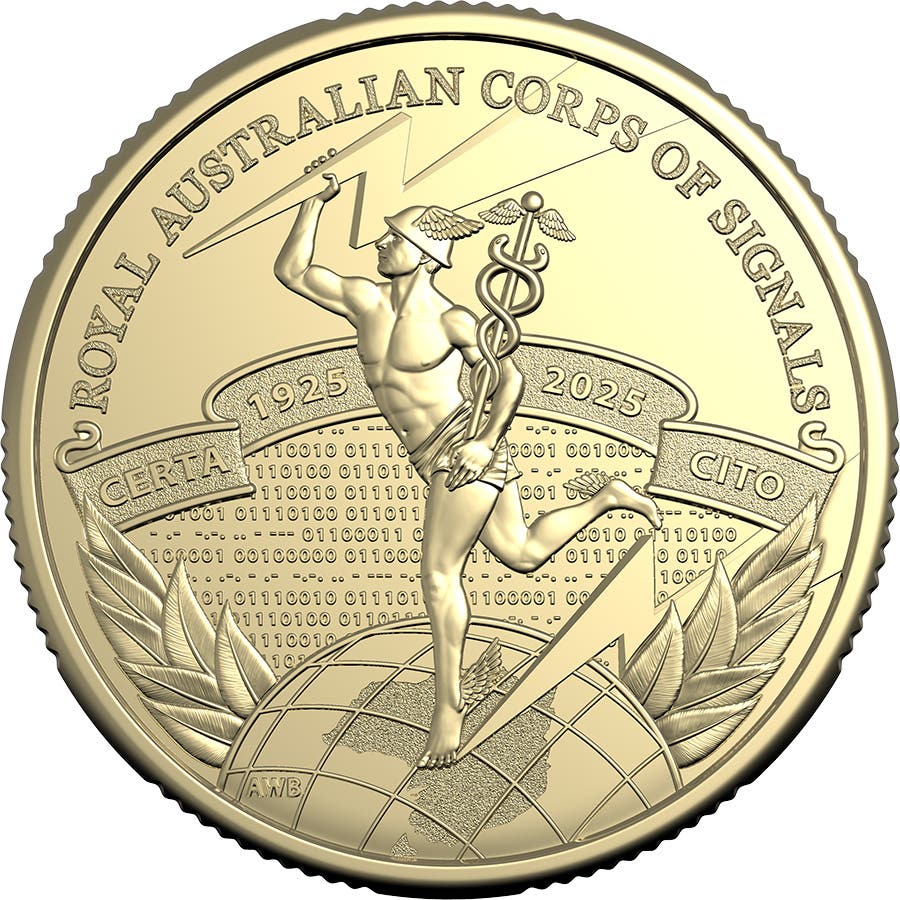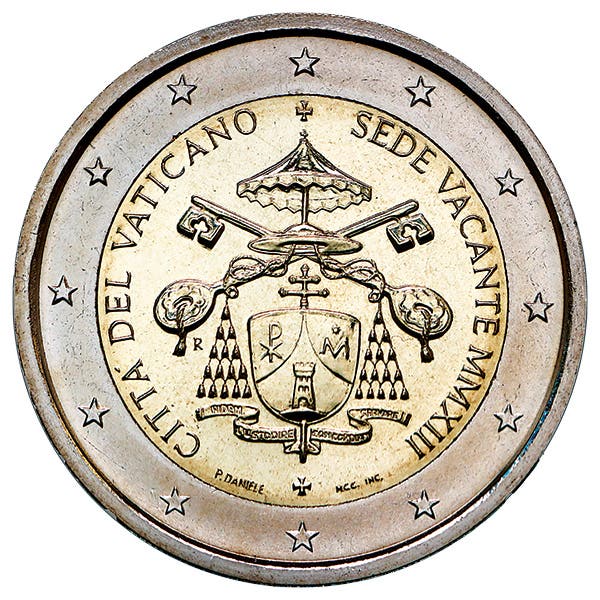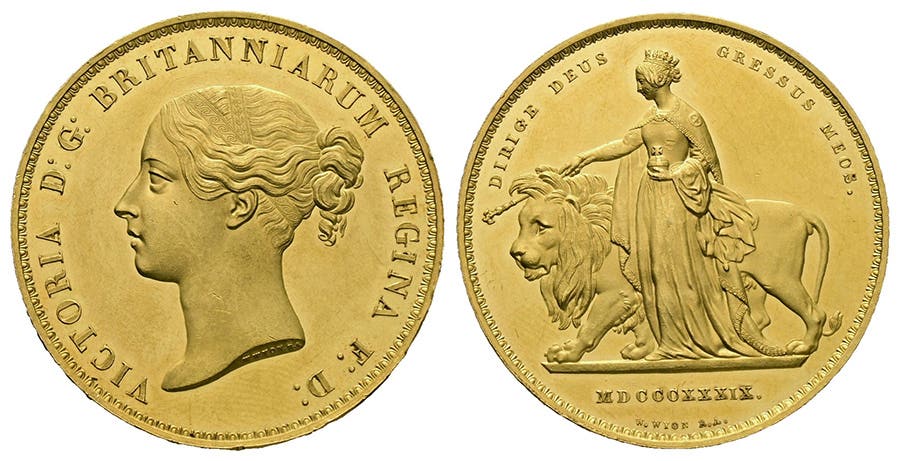German coins, notes still honored
By Richard Giedroyc It’s been 14 years since Germany joined the European Union’s currency union. German bank notes in circulation at the end of 2001 on the eve of joining…
By Richard Giedroyc
It’s been 14 years since Germany joined the European Union’s currency union.
German bank notes in circulation at the end of 2001 on the eve of joining the currency union were valued at about 76.57 billion euros. As of 2016, according to German Bundesbank or central bank spokeswoman Dorit Feldbrügge, “More than 95 percent of German mark bank notes in circulation have been exchanged.” What about the other five percent? That five percent represents an enormous amount of money.
According to estimates published in the July 18 issue of The Local, German coins and bank notes valued at about 12.76 billion marks (about 6.53 billion euros or about US$7.1 billion) are still outstanding. In physical numbers, this is likely about 167.3 million bank notes and an additional 23.5 billion coins.
France, Italy and Spain have also indicated significant amounts of their now obsolete currencies that were not converted to euros when these countries joined the EU currency union in 2002. The Spanish peseta can still be exchanged until 2020. Anyone holding French francs or Italian lire is out of luck. The German central bank has not put a time limit on exchanges of German marks, however the marks must be those issued by the current government (whose coins and bank notes began in 1948). Anyone holding German Democratic Republic (East Germany) money or the currency of previous German governments has a nice souvenir, but it will not be accepted by the Bundesbank.
According to Der Spiegel newspaper, Germans are still converting marks to euros at a rate of about 100 million marks annually. Sources suggest there are more 10-mark bank notes and the 1-pfennig coins outstanding than any other denominations. There are an estimated 72 million of the notes and about 9.7 million of the coins of these denominations still in circulation somewhere. There is no limit to the value of marks that can be converted. Marks can be converted to euros at a rate of 1.95583 marks to the euro.
Germany is more liberal regarding the conversion of its older money than have been some other recent cases. In 2009 North Korea had a monetary reform. Citizens were only allowed to convert 500,000 won (about US$110) to the new won, with any balance above that amount being forfeited. In the past, some other countries have changed currencies on very short notice with little time to convert allowed on purpose to flush out black market and otherwise hoarded cash. U.S. Military Payment Certificates were issued in specific areas where troops were positioned beginning after World War II, the notes able to be demonetized on short notice as necessary.
The reason Germans are still converting their older currency at a slow but steady rate is debatable. According to The Local, “Nostalgia appears to be the main reason for Germans holding onto their beloved D-Marks. Another explanation is that money collectors have added the out-of-date notes and coins to their collections, the Bundesbank believes.”
The publication adds, “It’s possible that other notes and coins have simply been forgotten about, lost or destroyed.”
An article published in The Wall Street Journal some time ago reported German marks are still being accepted as legal tender by merchants in some areas of the country. Considering the Brexit situation (Great Britain leaving the European Union) and the instability of the economy of some of the currency union members, there is reason to believe some Germans may be anticipating that Germany will itself leave the EU someday, reverting back to its former currency.
This article was originally printed in World Coin News.
>> Subscribe today or get your >> Digital Subscription
More Collecting Resources
• The Standard Catalog of World Coins, 1901-2000 is your guide to images, prices and information on coinage of the 1900s.
• Order the Standard Catalog of World Paper Money, General Issues to learn about circulating paper money from 14th century China to the mid 20th century.








